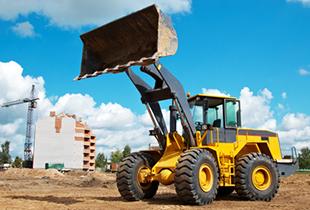The Engineering Department’s water supply policy for the city of Raanana is based on the instructions of the Water Authority.
In Raanana’s jurisdiction, there are 10 municipal wells that are connected to the municipal water supply network, and 6 connections of Mekorot pipes, through which water flows from the Southern Sharon Turun Drilling Site. In addition, there are 7 private active wells that supply water to private agriculture and are not connected to the municipal water supply network.
In Raanana, the water network features 200 kilometers of steel pipe in diameters of 2”-16”.
Raanana’s sewage system is built of 163 kilometers of sewage pipe, of which 39 kilometers are main sewage collectors and 37 sewage connections, and the rest are from public sewers.
Moreover, there are the 3 sewage pumping sites, sewage delivery lines and the wastewater treatment center.
The infrastructure for conveying the sewage uses an underground pipe system based on asbestos-cement pipes (some of which have been upgraded with the sleeve method), concrete, steel and rigid PVC in diameters of 4”-32”.
The Department supports and operates the water and sewage centers 24/7. The Department conducts water quality tests based on the instructions of the Ministry of Health.
The Department’s Fields of Activity:
- Safeguarding and maintenance of the city’s water and sewage network and the water and sewage treatment centers.
- Receiving water from Mekorot Israel National Water Company.
- Regulating pressure in the city.
- Monitoring and control of the water quality.
- Planning and evaluation of the water plans.
- Authorization of Form 4 (occupancy) and final certificates.
- Engineering coordination.
- Handling and offering solutions for resident inquiries.
- Maintenance of state of emergency equipment, participation in the Emergency Preparation (MELACH) Committee.
- Issuing tenders and evaluating calculations.
- Repairing burst pipes and leaks in the municipal network.
- Replacing water lines.
- New connections for consumers.
- Installing water meters in new buildings.
- Replacing old water meters; and meters that have stopped or are not working properly are sent to a laboratory to be checked.
- Working with the Commissioner of the Water Corporations, the Water Authority, the Ministry of Health and Mekorot.

